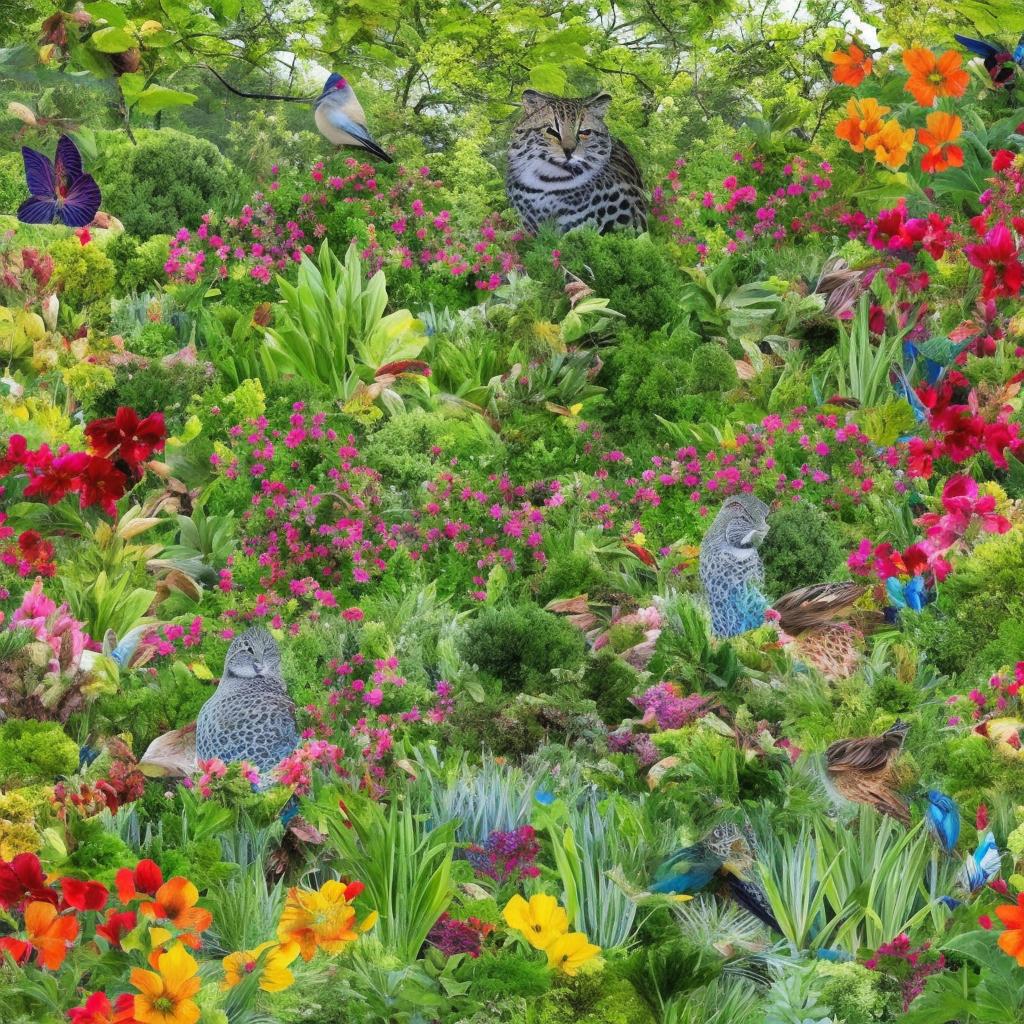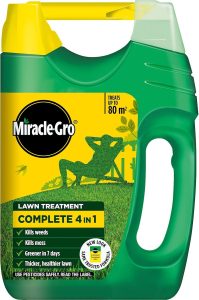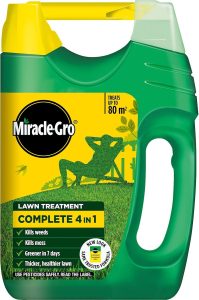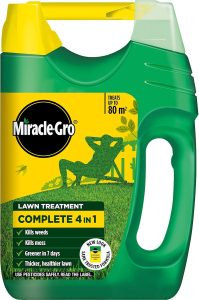Imagine stepping into your backyard and being surrounded by a thriving ecosystem of native plants, buzzing pollinators, and playful wildlife. Creating a wildlife-friendly garden habitat not only enhances the beauty of your outdoor space, but also provides essential resources for birds, insects, and other creatures to thrive. In this article, we will explore the benefits of designing and maintaining a garden that supports biodiversity and brings your own little piece of the natural world closer to home.
Designing a Welcoming Landscape for Wildlife
When , it’s important to consider the needs of various species that may visit or inhabit your garden habitat. By incorporating elements that cater to their specific requirements, you can create a thriving ecosystem right in your backyard. Here are some tips to help you create a wildlife-friendly garden:
- Native Plants: Choose native plants that provide food, shelter, and nesting sites for local wildlife.
- Water Source: Include a water feature such as a birdbath or small pond to attract birds, butterflies, and other wildlife.
- Shelter: Create sheltered areas with trees, shrubs, and dense vegetation for wildlife to hide, rest, and nest.
- Bird Feeders: Hang bird feeders filled with seeds to attract a variety of bird species to your garden.
| Species | Food Source |
|---|---|
| Songbirds | Seeds, fruits, insects |
| Butterflies | Nectar from flowers |
| Squirrels | Nuts, seeds, fruits |
Choosing Native Plants to Support Local Ecosystems
When it comes to creating a wildlife-friendly garden habitat, one of the best things you can do is to choose native plants that support your local ecosystems. Native plants are adapted to the specific conditions of your region, making them valuable resources for local wildlife. By incorporating native plants into your garden, you can provide food, shelter, and nesting sites for a variety of native species.
When selecting native plants for your garden, consider the following factors to ensure you are supporting your local ecosystem:
- Choose plants that are native to your specific region
- Include a variety of plant species to provide diverse habitat for wildlife
- Plant a mix of trees, shrubs, and flowers to support different types of wildlife
Providing Habitat Elements for Various Wildlife Species
When designing a wildlife-friendly garden habitat, it is important to consider the needs of various wildlife species in order to provide suitable habitat elements for their survival and thriving. By incorporating a diverse range of elements, such as plants, water sources, and shelters, you can create a welcoming environment for a variety of wildlife to call your garden home.
Some key habitat elements to include in your wildlife-friendly garden are:
- Native Plants: Select a variety of native plants that provide food and shelter for local wildlife species.
- Water Features: Include a bird bath, pond, or shallow dishes of water to attract birds, amphibians, and insects.
- Shelter: Add nest boxes, brush piles, and rock piles to provide safe hiding spots for wildlife.
- Food Sources: Plant flowers that produce nectar for pollinators and fruit-bearing trees for birds and mammals.
Implementing Sustainable Practices for a Thriving Wildlife Garden
When designing a wildlife-friendly garden habitat, it’s important to consider implementing sustainable practices that support a thriving ecosystem. One way to achieve this is by planting a variety of native plants that provide food and shelter for local wildlife. Native plants are well-adapted to the local climate and soil conditions, making them low-maintenance and beneficial for pollinators, birds, and other wildlife.
In addition to planting native vegetation, creating habitat diversity is key to attracting a wide range of wildlife species to your garden. This can be achieved by incorporating features such as bird feeders, bat houses, and butterfly gardens. Providing a water source, such as a birdbath or small pond, is also essential for attracting and supporting wildlife. By implementing these sustainable practices, you can create a flourishing wildlife garden that benefits both the environment and the creatures that call it home.
In Summary
By cultivating a wildlife-friendly garden habitat, you are not only adding beauty and diversity to your outdoor space, but you are also contributing to the preservation of our planet’s natural ecosystems. By providing food, shelter, and water sources for local wildlife, you are creating a harmonious environment where both humans and animals can thrive together. So go ahead, plant native plants, install bird feeders, and create a welcoming space for all creatures big and small to enjoy. Your garden will become a sanctuary for wildlife, and you’ll find yourself reaping the benefits of a truly magical and enchanting space. Happy gardening!




